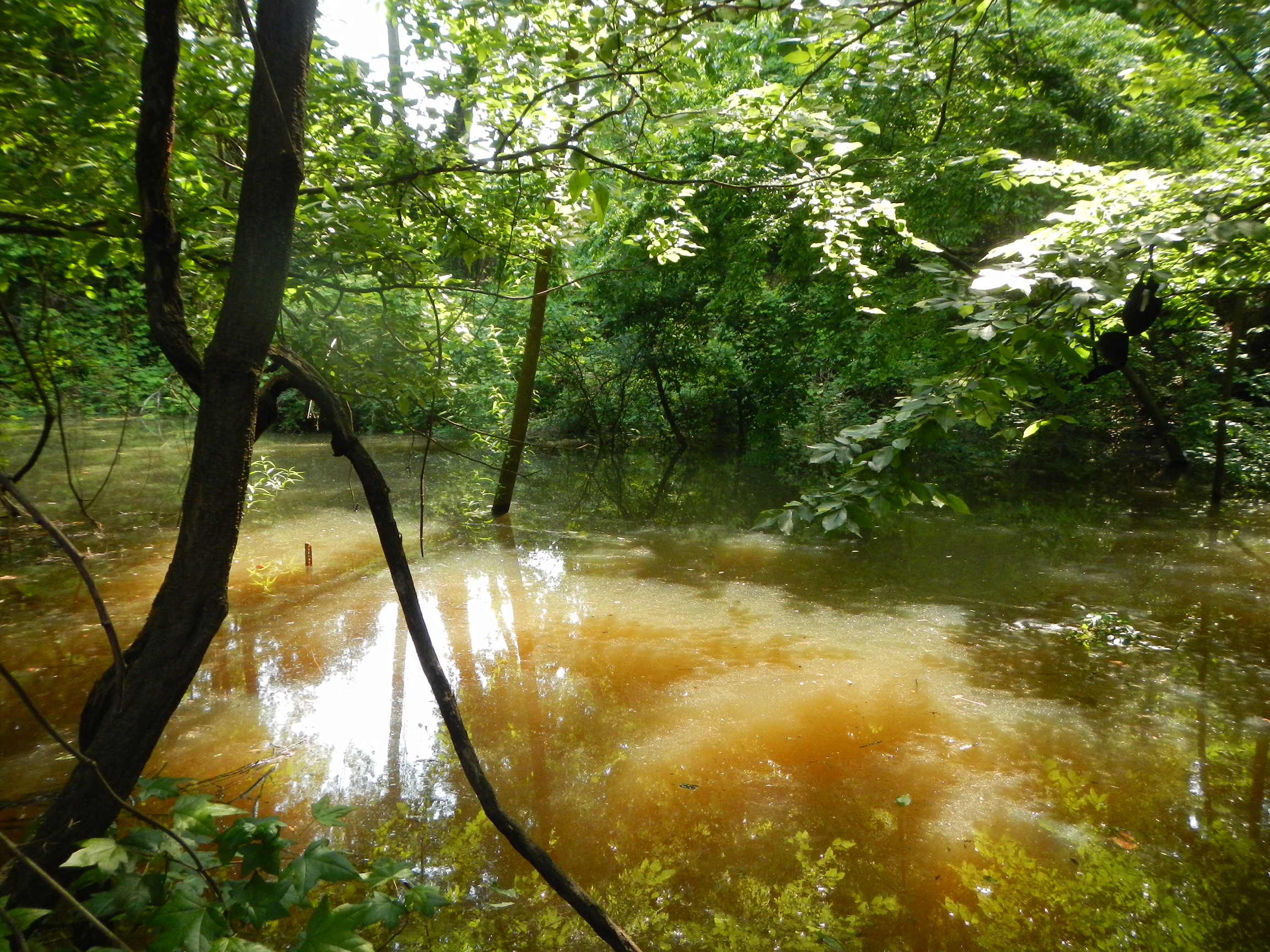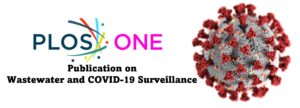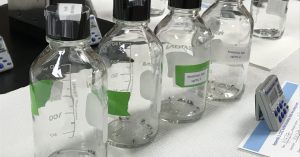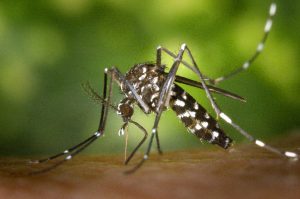Humphrey CP, Sanderford C* and Iverson G (August 2018). Concentrations and Exports of Fecal Indicator Bacteria in Watersheds with Varying Densities of Onsite Wastewater Systems. Water Air and Soil Pollution 229(8): 277. doi:10.1007/s11270-018-3929-4.
The research goal was to determine if onsite wastewater system (OWS) density had an influence on the concentrations and watershed exports of Escherichia coli and enterococci in urbanizing watersheds. Eight watersheds with OWS densities ranging from < 0.1 to 1.88 systems ha⁻¹ plus a watershed served by sewer (Sewer) and a mostly forested, natural watershed (Natural) in the Piedmont of North Carolina served as the study locations. Stream samples were collected approximately monthly during baseflow conditions between January 2015 and December 2016 (n = 21). Median concentrations of E. coli (2014 most probable number (MPN) 100 mL⁻¹) and enterococci (168 MPN 100 mL⁻¹) were elevated in streams draining watersheds with a high density of OWS (> 0.77 system ha⁻¹) relative to watersheds with a low (< 0.77 system ha⁻¹) density (E. coli: 204 MPN 100 mL⁻¹ and enterococci: 88 MPN 100 mL⁻¹) and control watersheds (Natural: E. coli: 355 MPN 100 mL⁻¹ and enterococci: 62 MPN 100 mL⁻¹; Sewer: 177 MPN 100 mL⁻¹ and 130 MPN 100 mL⁻¹). Samples collected from watersheds with a high density of OWS had E. coli and enterococci concentrations that exceeded recommended thresholds 88 and 57% of times sampled, respectively. Results show that stream E. coli and enterococci concentrations and exports are influenced by the density of OWS in urbanizing watersheds. Cost share programs to help finance OWS repairs and maintenance are suggested to help improve water quality in watersheds with OWS.
*Christa Sanderford is a 2018 graduate of our MS Environmental Health program.




